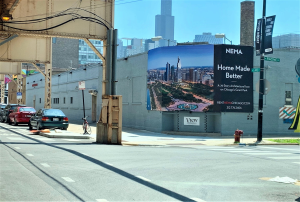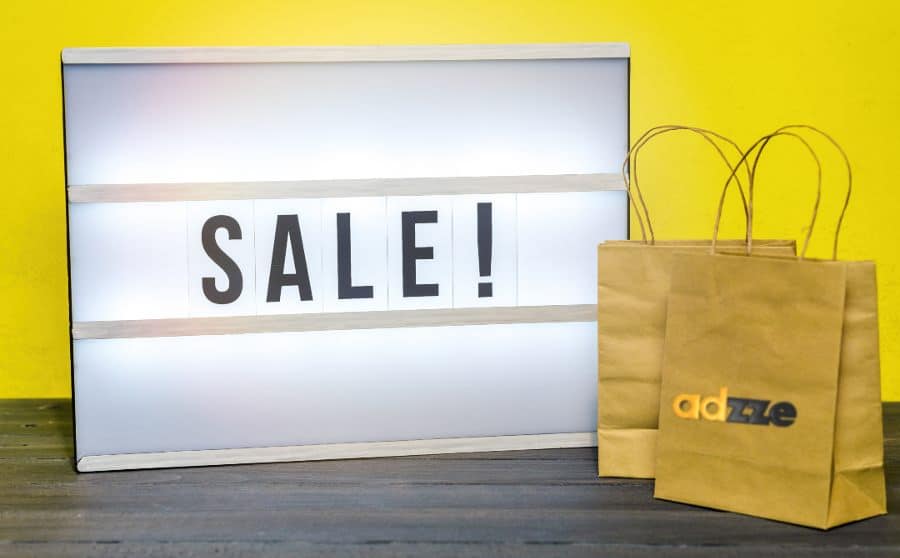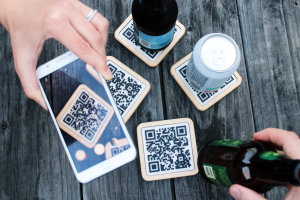
Luxury Ads: How Literary References Are Elevating Premium Branding
Luxury Ads: Blending Literature and Prestige Luxury ads have traditionally relied on visual spectacle, opulence, and high-profile celebrity endorsements. But in today’s oversaturated market, premium brands are turning to a more intellectual strategy: literary integration. This approach taps into the





